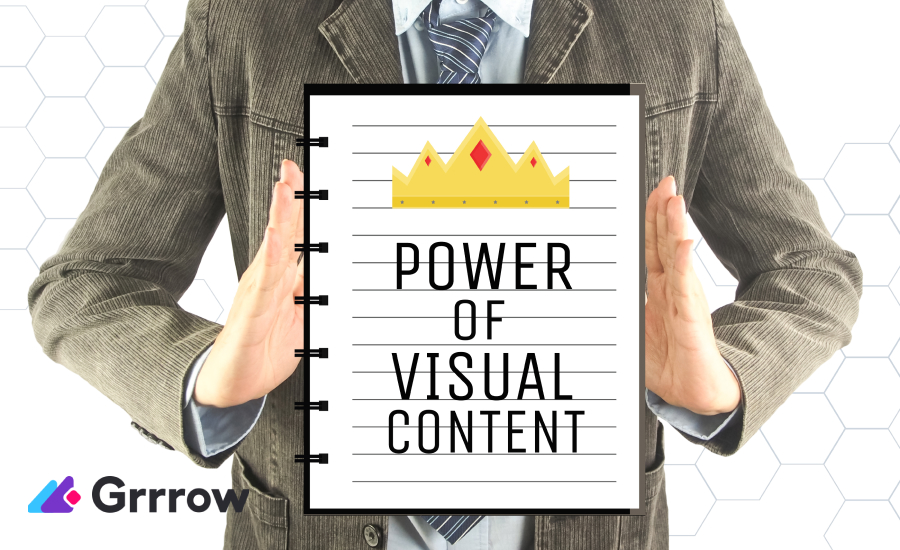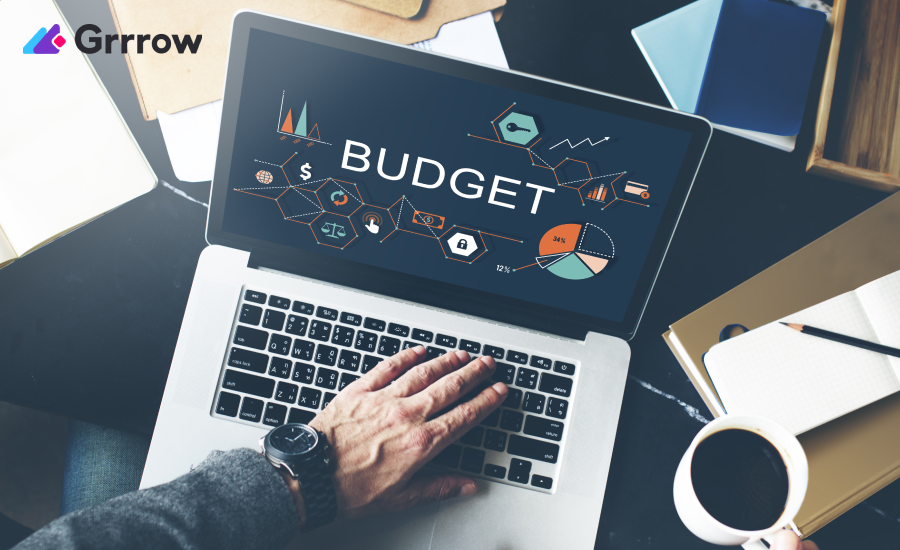In the digital age, attention spans are shrinking, and the battle for engagement is fiercer than ever. To navigate this landscape successfully, content creators and marketers must harness the power of visual content. From infographics to videos and beyond, visual content has emerged as a formidable tool for conveying messages, capturing attention, and influencing audiences in profound ways.
The Rise of Visual Content

Visual content has come a long way from cave paintings and ancient hieroglyphics. Over millennia, humans have used visuals to communicate ideas, emotions, and stories. However, in today’s fast-paced digital world, the role and impact of visual content have reached unprecedented heights.
The human brain is wired to process visuals faster and more efficiently than text. A significant portion of our brain is dedicated to visual processing, allowing us to interpret and understand visual information rapidly. This innate ability to comprehend visuals plays a crucial role in the effectiveness of visual content.
The Impact of Infographics
Infographics, a fusion of information and graphics, have become a dominant force in the world of visual content. They present data, knowledge, or complex information in a visually appealing and easily digestible format.
Research has shown that infographics are 30 times more likely to be read than text articles. Their combination of engaging visuals and concise information makes them highly shareable, leading to increased brand visibility and website traffic. Not only do infographics convey information effectively, but they also improve comprehension and retention, making them a powerful educational tool.
Tips for Creating Effective Infographics

Creating a compelling infographic involves careful planning and design. Here are some tips to ensure your infographics hit the mark:
- Simplify your message: Focus on a single, clear message or idea you want to convey.
- Visual Hierarchy: Use visuals to guide the reader’s eye through the content logically.
- Color and Font Choice: Employ a harmonious color palette and easy-to-read fonts that align with your brand’s identity.
- Data Accuracy and Sources: Ensure all data presented is accurate and provide credible sources.
The Power of Videos
Videos have become a staple in the world of digital content. From entertaining clips to informative tutorials, videos are versatile and incredibly engaging.
The effectiveness of videos lies in their ability to evoke emotions, tell compelling stories, and offer a sensory-rich experience. Viewers are more likely to remember the content they watch in a video compared to reading text. Additionally, videos often lead to higher engagement rates, increased shares, and improved search engine rankings.
To create captivating videos, consider the following:
- Understand Your Audience: Tailor your videos to suit the preferences and demographics of your target audience.
- Tell a Story: Craft a narrative that resonates with your viewers and keeps them engaged.
- Optimize for Mobile: As mobile usage continues to rise, ensure your videos are mobile-friendly and load quickly.
Beyond Infographics and Videos

Visual content continues to evolve, introducing new and innovative forms that captivate audiences in different ways.
- Interactive Graphics: Engage your audience with interactive content that allows them to actively participate and explore.
- GIFs: These short, looping animations can convey emotions, reactions, or highlight key points effectively.
- Live Streaming: Real-time video streaming allows for genuine, unscripted interaction with your audience.
Each social media platform has its own unique audience and preferred content types. Customize your visual content to suit the platform you are using, maximizing its impact.
Integrating visual content seamlessly into your content strategy is vital for success. A well-planned strategy that incorporates a variety of visual elements ensures consistent engagement and resonance with your target audience.
Tools and Resources
Creating stunning visual content is now more accessible than ever, thanks to a plethora of user-friendly tools and helpful resources available online. Here are a few to get you started:
- Canva: An intuitive tool for creating professional-looking infographics, presentations, and other visual content.
- Adobe Creative Suite:
- Adobe Photoshop: For photo editing and graphic design.
- Adobe Illustrator: Ideal for vector-based graphics and illustrations.
- Adobe InDesign: Used for creating layouts for ebooks, brochures, and other materials.
- Unsplash, Shutterstock, Pixabay, Pexels: Stock image websites where you can find high-quality images to use in your visual content.
- Adobe Spark: A versatile platform for creating graphics, web pages, and video stories.
- YouTube Creator Academy: A hub for free online courses on video creation, optimization, and channel growth.
In conclusion, visual content is an undeniable force in the world of digital communication and content marketing. Infographics, videos, and a range of emerging visual content formats offer an unparalleled opportunity to captivate audiences and convey messages effectively. As content creators, understanding and harnessing the power of these visual elements is crucial for success in today’s competitive digital landscape. So, embrace the power of visuals and watch your content soar to new heights.
The Future of Visual Content

The trajectory of visual content suggests a promising future. As technology advances, new forms of visual content are emerging, pushing the boundaries of creativity and engagement.
Virtual Reality (VR) and Augmented Reality (AR)
VR and AR are gaining momentum, offering immersive experiences to users. They have the potential to revolutionize storytelling, advertising, and educational content, providing an interactive and engaging dimension that was once unimaginable.
Infographics 2.0
Infographics are evolving beyond static images. With the integration of interactive elements, users can now engage with infographics, enhancing their understanding and making the content more memorable.
User-Generated Visual Content
User-generated content, particularly images and videos shared by consumers, holds significant influence. Brands are leveraging this content to build trust and engage with their audience on a more personal level.
The evolution of visual content continues, presenting exciting opportunities for content creators and marketers. Understanding these trends and adapting to them will be vital to staying ahead in the ever-evolving landscape of digital content creation.
Conclusion
Visual content has transformed the way we communicate and engage with information. From infographics that simplify complex data to videos that tell compelling stories, visual content has the power to captivate, educate, and leave a lasting impression on audiences. As technology advances, the potential for visual content to evolve and engage audiences in even more immersive ways is limitless. Embrace the power of visuals in your content strategy, and you’ll undoubtedly elevate your brand and connect with your audience in a profound and meaningful manner.








